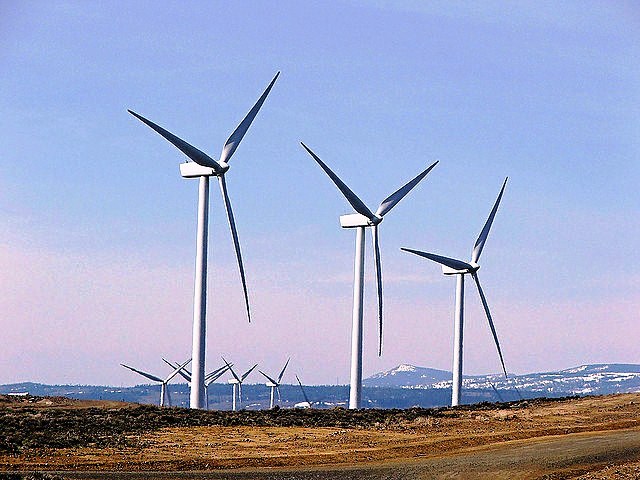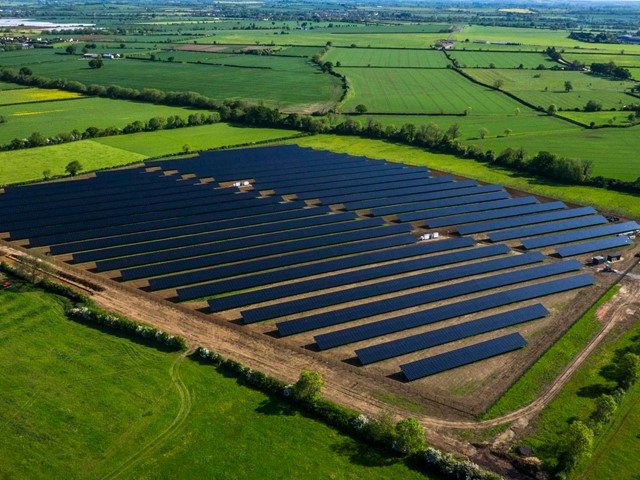Just how’s this for a difficulty? Produce absolutely no net resource power (in contrast to website power) home as defined by the Division of Energy’s Structure America program. Design it to run in the extremes of Denver’s unforeseeable climate, using off-the-shelf, easily offered modern technologies. Keep the mechanical systems as simple and uncomplicated as feasible. Incorporate energy-efficiency methods that don’t need the property owner to be specialists in lasting structure procedures or perform any kind of upkeep past that called for a ‘regular’ residence.
Not overly hard, you might state? Include that the layout should be replicable for future Habitat for Mankind houses, utilize affordable construction products, and allow volunteer-pleasant building and construction strategies. Still with me? The clincher: The target market is the affordable housing sector. Impossible, you might say? Testing yes, yet possible for an integrated style group of NREL designers as well as the Environment for Humankind team as well as volunteers. The completed item is a 1,200-square-foot, three-bedroom lower income home that actually produces even more resource power than it takes in!
Style Factors to consider
The mix of energy engineers, a building and construction manager a real estate advancement supervisor, and an Environment volunteer on the layout assisted strike a balance between engineering suitable based upon energy modeling, price realities inherent in budget-friendly real estate, as well as factors to consider associated with a volunteer building crew.

The environment’s volunteer labor advantage guided the design team to techniques that preferred low materials expenses as well as high labor expenses. While this technique decreases the considerable labor cost, when incorporated with the budget-friendly housing demand it limits the range of sustainable techniques offered. For example, approaches such as structured insulated panels (SIPs) as well as protected concrete forms were ruled out because of their high price.
In a similar way, the need for volunteer-friendly building strategies as well as the convenience of replication eliminated the alternative of using Straw Bale. The style simpleness requirement eliminated the possibility of a mixed solar room home heating and also a water heating system. Ultimately, the no power need, given Denver’s cool environment as well as the existing high price of PV systems, needed some trade-offs that some ‘purists’ might consider questionable.
Layout Method – Envelope
Provided the factors to consider defined above, the design team chose to concentrate first on lowering the home’s energy lots as high as possible, and after that size the PV system to satisfy the staying electrical energy needs. The top place to look? Yes, you guessed it – a passive solar orientation with a ‘very protected’ envelope. Starting with a conventional Environment three-bedroom, 26 x 46 square foot design with a crawlspace, the team enhanced the South-facing glazing location and minimized the North, East, and West facing polishing area. Next, a double-stud wall surface with fiberglass batt construction was chosen to take advantage of its reasonably inexpensive, volunteer-friendly method and Environment’s reduced building and construction labor costs. Blown fiberglass set up in the attic achieved an R-60 rating and protected floors attained an R-30 rating.
While the double stud wall surface design, with external architectural studs spaced at 16 inches O.C. may not achieve LEED Residences Advanced Framework Techniques points, the indoor studs spaced at 24 inches O.C. absolutely meet the requirement. The R-3 fiberglass batts in the exterior wall surface cavities and the R-13 filling the area in between the outside as well as interior walls along with the indoor wall tooth cavities most definitely assist maximize power performance. An external vapor-permeable home wrap and fiber cement siding, with and also an inner poly vapor barrier plus drywall contributes to an extremely ‘tight’ whole-wall-R value. Blower tests produced an all-natural infiltration rate outcome of 0.15 ACH, a really ‘limited’ indicator. If you want to learn more tips about saving utility bills, check this site out.



